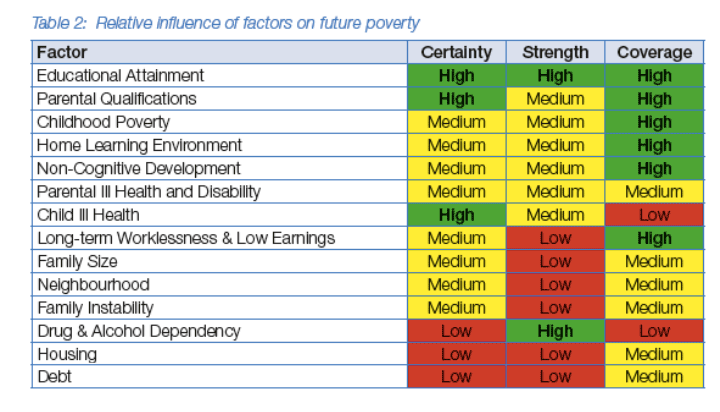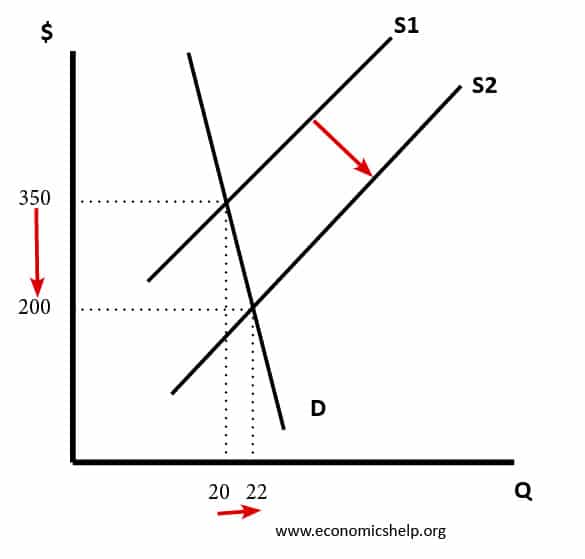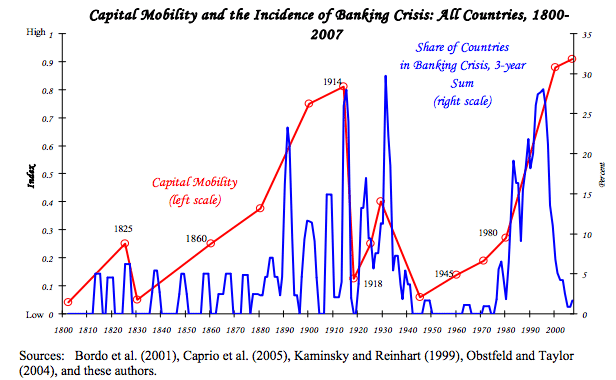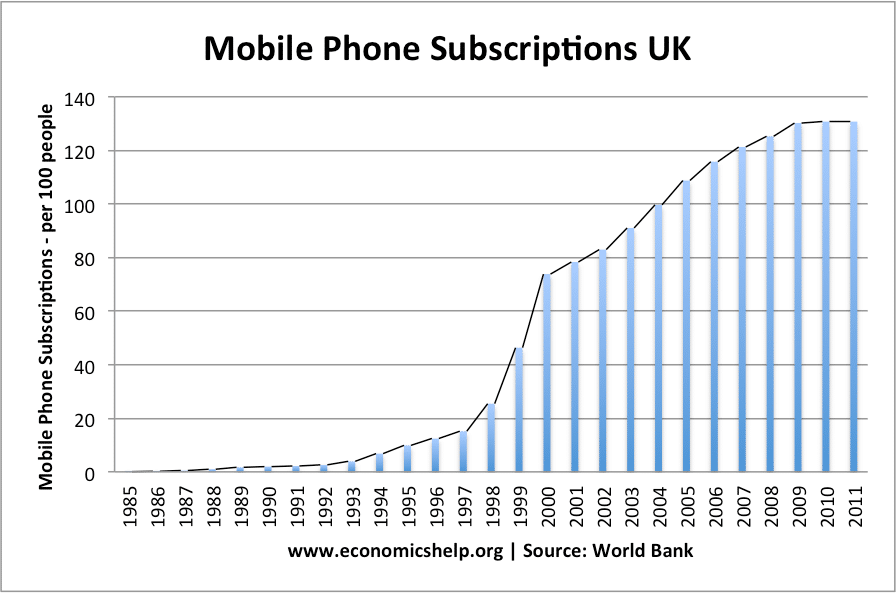Capital to Labour Ratio
Capital to Labour ratio measures the ratio of capital employed to labour employed. The capital-labour ratio (K/L) can measure the capital intensity of a firm. Typically, over time, firms tend to have a higher capital-labour ratio as they seek to gain productivity improvements from investment in capital and automating the production process. High Capital to Labour Ratio …





